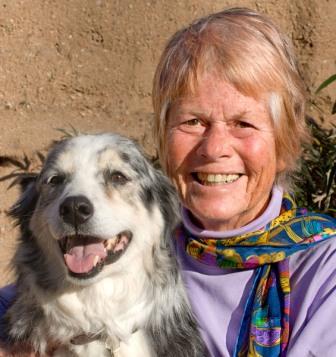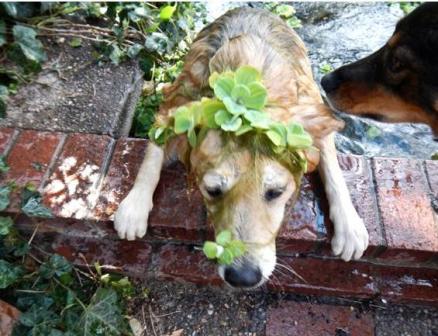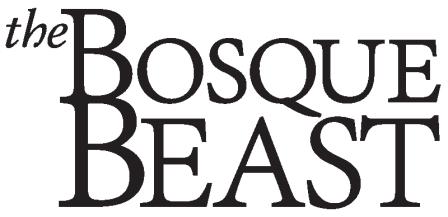
Some thoughts on shooting without harm
Last Sunday, I visited friends in their new home. Five of my six dogs fell in their lily pond, and since I had a little Nikon Coolpix in my pocket, I grabbed a few quick shots. Even though I didn’t manage to focus on Gracie emerging from the water, decorated with vines, I’m glad I have a picture of the moment. I could have done better with a digital SLR camera, but I didn’t have one in my pocket.
People frequently ask me what kind of camera they should get. The answer is, “What do you want to shoot?” or “What kind of images do you want to make?” You cannot create the same image with different cameras. One type is not better than another, just different, with lots of tradeoffs. For the ease and speed of point-and-shoot cameras, we give up so much control of the image.
I still have an 8” x 10” viewfinder camera. (That’s the kind where you work under a black hood, examining an upside-down image on the ground glass with a loupe.) With this camera I can make amazingly sharp, perfectly composed photos. I don’t use it anymore because the time it takes to set up, and the limitations of working in such a slow, deliberate manner just aren’t worthwhile for anything I’m doing currently—the answer to the question “What do you want to shoot?”
What I shoot most currently is homeless dogs in shelters. I want to portray the beauty of each of these individuals, so I use a digital SLR because it gives me the best image. A 70-210mm zoom allows me to be at a nonthreatening distance from the dog. I can use a flattering focal length for full-body shots, and zoom in for headshots with soft-focus backgrounds. A patient handler works with the dog as I try to get the best possible shots. The camera is fast enough to capture good moments, and high-quality enough to make large prints suitable for any purpose.
Small digital cameras open a new world of photography. I’ve always taken photography rather seriously, and believed that it wasn’t worth shooting if I couldn’t achieve a sharp, well-composed picture. Now I’m discovering a new sense of fun through the immediacy of today’s point-and-shoot digital cameras. Even a few years ago their use was very limited because of the shutter delay. Now most cameras shoot fast, and shoot video as well as stills. Even cell phones have this capability, so it’s possible to be always ready to photograph what’s happening in your life. It may be the cute things your animals are doing, or your friends at lunch. Even newsworthy events around the world are being recorded by ordinary people using their cell phones.

Time has taught me that snapshots I once disdained become treasures later, when they stir memories of pets long gone, or of our younger selves—even if they are of no interest to anyone else. I am working to overcome the limitations of instant cameras. For example, learning to work without a viewfinder is a challenge. I still want to produce a picture that is worthwhile, but I am learning that it can be worthwhile to shoot even what is not going to be what I would consider a good photograph. With practice and luck, I may even be able to make some photos that are good on an instant camera – images that would not have been possible with any traditional camera.
Finally, don’t forget to edit what you shoot. Throw away most and make sure that you file the rest so you will be able to find them.
Photographer Joyce Fay founded Bro & Tracy Animal Welfare in 2000, a nonprofit organization dedicated to helping individual animals find the right homes. The intention of this column is to share some of those stories.
